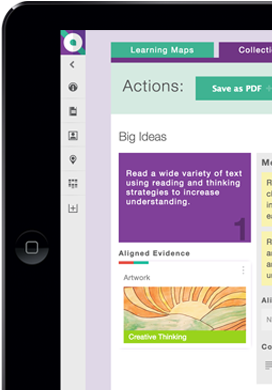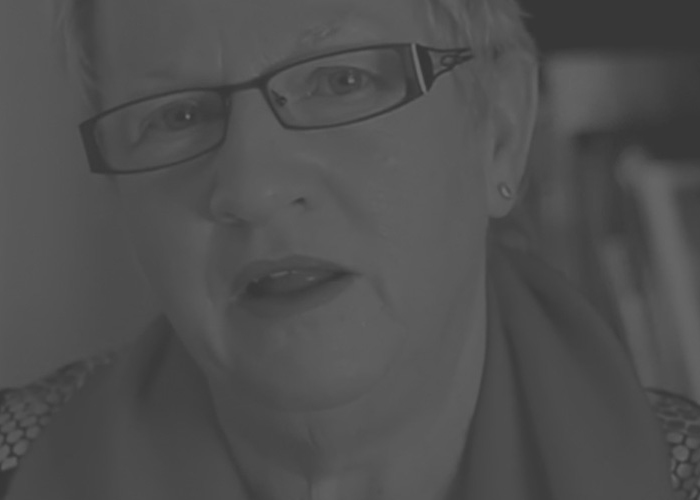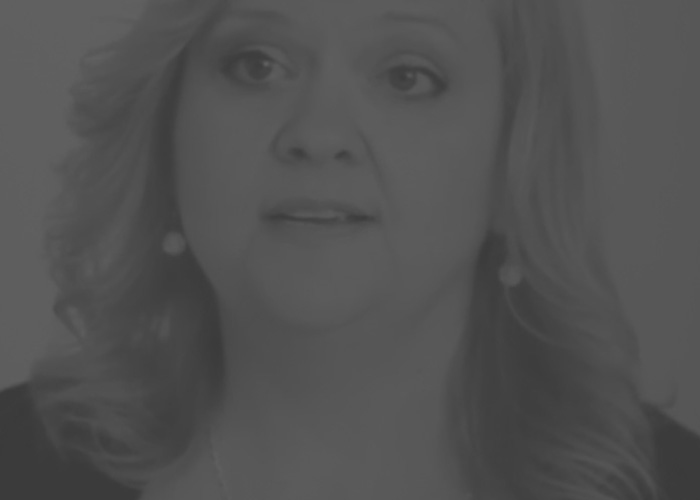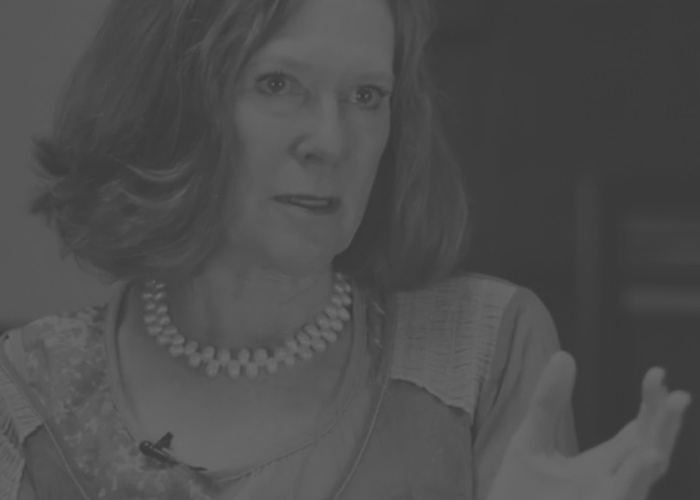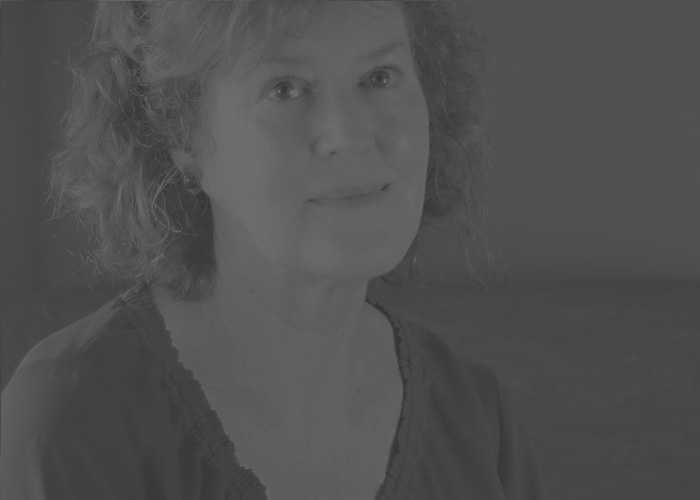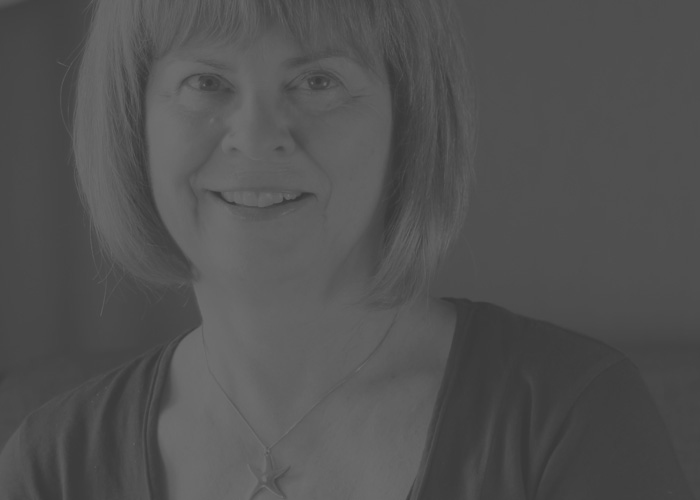A FLEXIBLE LEARNING ENVIRONMENT TO SUPPORT STUDENT LEARNING
With QUIO, you can collect evidence of learning at the right time for the right purpose. Evidence of learning is always associated with a Big Idea from your Learning Map. When a teacher or student uploads evidence to the Collection Board, it is automatically connected to the related Learning Map.
Teachers can ‘tag’ evidence by Competency, such as “Critical Thinking” or “Digital Literacy” and by Product Type, such as “Product” or “Observation.” Colourful graphs yield a big-picture view of evidence collecting, showing how much and of what type.








